Buy βOH-2C-B Pellets Online
βOH-2C-B Pellets – 60mg
Introduction
βOH-2C-B (beta-hydroxy-2,5-dimethoxy-4-bromophenethylamine) is a psychoactive compound bto the phenethylamine class. It is a derivative of the well-known psychedelic 2C-B (2,5-dimethoxy-4-bromophenethylamine) and is known for its unique pharmacological profile. βOH-2C-B is used primarily in research settings to explore its psychoactive effects and potential therapeutic applications. This article provides a comprehensive overview of βOH-2C-B Pellets, including their chemical properties, pharmacology, potential effects, and research applications.
Chemical Properties
- IUPAC Name: 2-(4-bromo-2,5-dimethoxyphenyl)-2-hydroxyethanamine
- Molecular Formula: C10H14BrNO3
- Molecular Weight: 276.13 g/mol
- Chemical Structure: βOH-2C-B features a phenethylamine backbone with a bromine atom at the 4-position, methoxy groups at the 2 and 5 positions, and a hydroxyl group at the beta position.
Pharmacology
βOH-2C-B is believed to exert its effects through its interaction with various neurotransmitter systems, particularly the serotonergic system.
- Mechanism of Action: βOH-2C-B is thought to act as a partial agonist at the 5-HT2A receptors, similar to other psychedelic compounds. This receptor interaction is primarily responsible for its psychoactive effects. Additionally, βOH-2C-B may have activity at other serotonin receptor subtypes and potentially at dopamine and norepinephrine receptors.
- Potential Effects: Research suggests that βOH-2C-B can produce altered states of consciousness, visual and auditory hallucinations, changes in perception, mood enhancement, and introspective experiences. The specific effects can vary based on dosage, individual physiology, and environmental factors.
Health Benefits and Risks
While βOH-2C-B is primarily used in research settings, it is important to understand its potential health benefits and risks:
- Potential Therapeutic Applications: As a derivative of 2C-B, βOH-2C-B could have potential applications in psychotherapy, particularly for conditions such as depression, anxiety, and PTSD. However, these applications require rigorous scientific investigation and clinical trials.
- Risks and Side Effects: The use of βOH-2C-B carries potential risks, including psychological distress, anxiety, paranoia, and other adverse effects associated with psychedelic compounds. Physical side effects may include increased heart rate, hypertension, nausea, and dizziness. It is crucial to approach the use of βOH-2C-B with caution and under professional supervision in a controlled setting.
Dosage and Administration
- Pellet Dosage: Each pellet contains 60mg of βOH-2C-B. The appropriate dosage for research purposes can vary, and it is important to follow specific guidelines provided by research protocols or regulatory authorities.
- Administration: βOH-2C-B pellets are generally administered orally. It is important to ensure that the compound is used in a safe and controlled environment, with consideration for set and setting to minimize potential adverse effects.
Safety and Considerations
Given the psychoactive nature of βOH-2C-B, it is essential to prioritize safety and adhere to ethical research practices:
- Controlled Environment: βOH-2C-B should only be used in a controlled research setting with appropriate safety measures in place. Researchers should be trained in handling psychoactive substances and be prepared to manage potential adverse reactions.
- Informed Consent: Participants in research studies involving βOH-2C-B should provide informed consent, understanding the potential risks and benefits of the compound.
- Legal Status: The legal status of βOH-2C-B can vary by jurisdiction. Researchers must comply with local laws and regulations regarding the use and possession of psychoactive compounds.
Research Applications
βOH-2C-B continues to be a subject of interest in the field of psychopharmacology, with studies exploring its potential effects and applications:
- Psychedelic Research: Investigating the subjective experiences and neuropharmacological mechanisms of βOH-2C-B to better understand its psychoactive properties.
- Therapeutic Potential: Exploring the potential therapeutic applications of βOH-2C-B in treating mental health conditions such as depression, anxiety, and PTSD.
- Comparative Studies: Comparing the effects of βOH-2C-B with other phenethylamine derivatives and psychedelics to elucidate structure-activity relationships and receptor interactions.
| Quantity in Pellets |
5 ,10 ,25 ,50 |
|---|
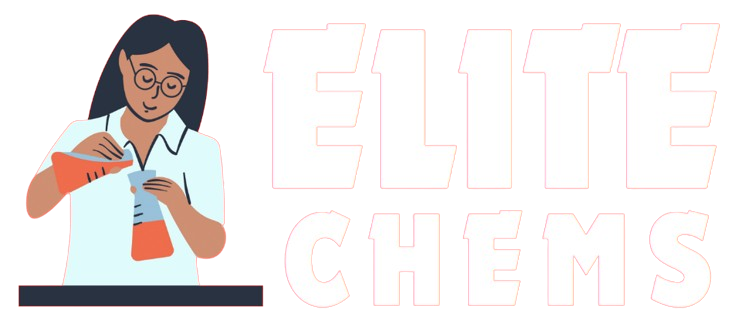



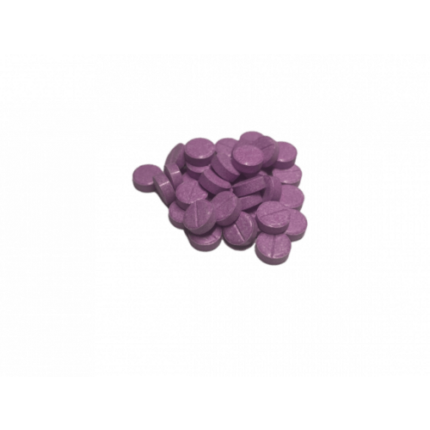
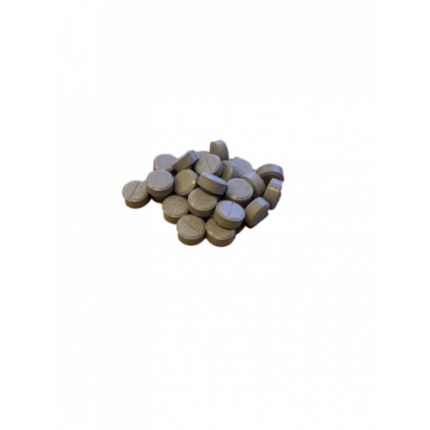

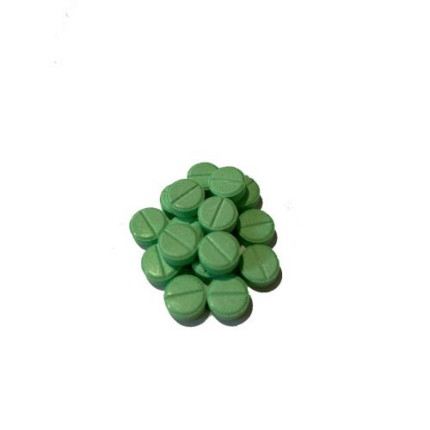


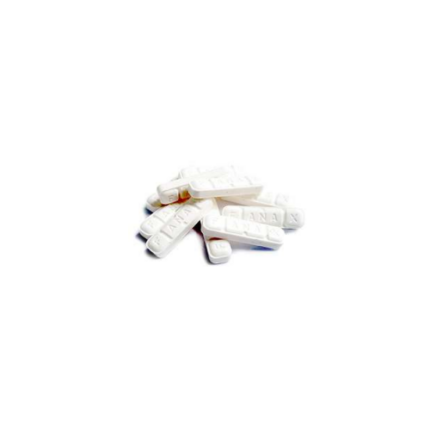
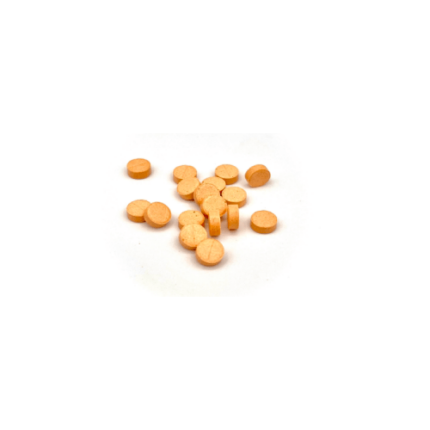
Reviews
There are no reviews yet.